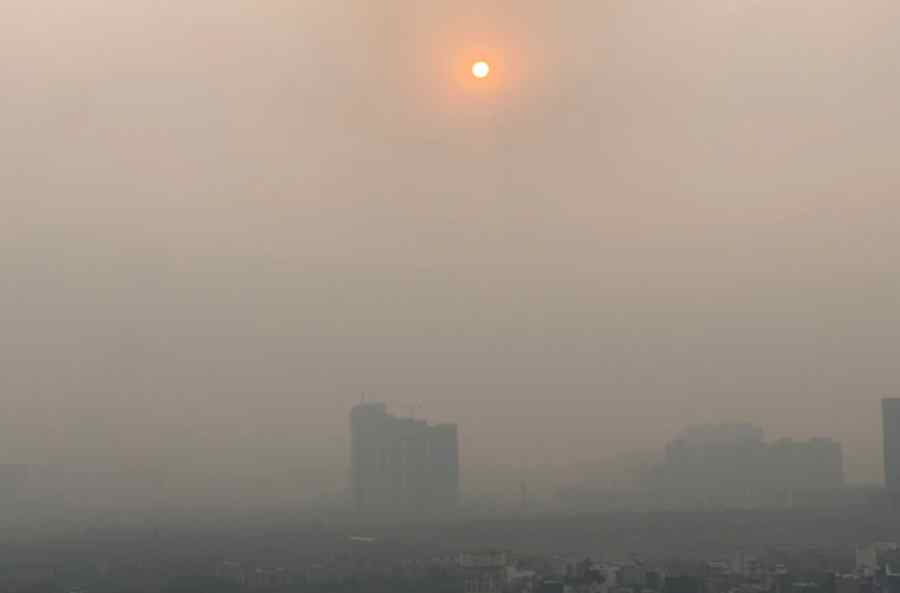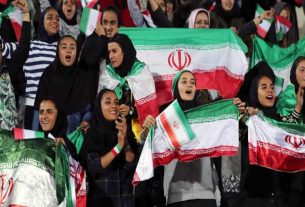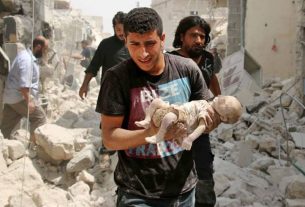Sat 06 November 2021:
A thick blanket of toxic smog gripped Delhi and nearby cities for a second consecutive day today as the national capital region continued to suffer from a post-Diwali hangover.
At 8 am Delhi’s air quality index (AQI) was 449, which puts it in the ‘severe’ category. The AQI in the adjoining areas of Noida, Gurugram, Ghaziabad and Greater Noida was higher.
“Relief is expected only from the evening of November 7 but AQI will fluctuate within the ‘very poor’ range,” the System of Air Quality and Weather Forecasting and Research, or SAFAR, said.
“Such air quality causes tremendous health hazard to all the population. It is riskier to ones who have already existing cardiac disease and other chest problems,” Dr Arun Mohanty, Professor of Cardiology, Sir Gangaram hospital, was quoted as saying by news agency ANI.
“Patients suffering from Interstitial Lung Disease (ILDs), Chronic obstructive pulmonary disease (COPD) is also under risk zone. It is shocking but the fact is 10 to 15 per cent of children are asthmatic, they are suffering from allergic bronchitis. It is dangerous for people who have recovered from COVID-19 too because they have compromised lungs,” he said.
Air quality levels in the national capital plummeted to hazardous levels Thursday night and Friday, after thousands in the city and nearby areas violated bans on firecrackers imposed by the Delhi, Uttar Pradesh, and Haryana governments.
The city woke up Friday under a blanket of toxic smog with particulate matter (PM) at 457 – the highest levels in the past three years. Concentrations of PM2.5 stood at 341 per cubic metre at Delhi’s Jantar Mantar – against the WHO’s prescribed safe limit of 25.
Airborne PM2.5 can cause cardiovascular and respiratory diseases such as lung cancer. Those with respiratory problems have been advised to stay indoors.
A cyclist complained of “too much smog” and said they were struggling with low visibility and were facing difficulty in breathing. Another said that if the Delhi government were to reinstate its odd-even scheme “there is hope… but right now it doesn’t seem like the pollution will ease”.
Several reports and studies show that Delhi has the worst air quality of all world capitals.
On Diwali day, despite the Delhi government’s ban, including the “green” ones, several people were seen bursting crackers, contributing to the deterioration of the air quality.
“I don’t think people are actually understanding the severity of the situation especially when AQI level crosses the tolerant level. They are unaware of the health hazards that trigger due to the higher AQI level and went back to bursting firecrackers,” Sunil Dahiya, environmental expert, told ANI.
Unfavourable meteorological conditions – calm winds, low temperature, and low mixing height – and a poisonous cocktail of emissions from firecrackers, stubble burning and other local sources are among the contributors to the city’s poor air quality, experts have said.
An AQI between zero and 50 is considered ‘good’, 51 and 100 ‘satisfactory’, 101 and 200 ‘moderate’, 201 and 300 ‘poor’, 301 and 400 ‘very poor’, and 401 and 500 ‘severe’.
According to SAFAR model forecasts, stubble burning accounted for 36 percent of Delhi’s PM2.5 on Friday, the highest in this season so far.
-NDTV
_____________________________________________________________________________
FOLLOW INDEPENDENT PRESS:
TWITTER (CLICK HERE)
https://twitter.com/IpIndependent
FACEBOOK (CLICK HERE)
https://web.facebook.com/ipindependent
Think your friends would be interested? Share this story!





